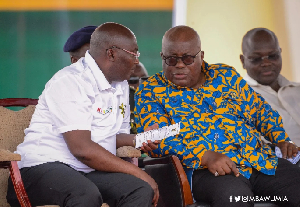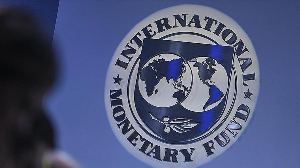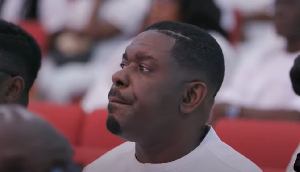After decades of arguments, presentations, discussions, dialogues and diplomatic shuttling, one of the European States holding some of the Benin bronzes and other sculptural pieces from the kingdom has agreed to repatriate them. The country is Scotland, and it is the University of Aberdeen, Scotland. Therefore this Scottish University becomes the first to agree to return this highly valuable artwork to Nigeria since 1897 when it was first carted away from Benin City.
In a press statement, the University said it acquired the bronze which is obviously the head of the Oba of Benin in 1957 in an auction. As at now the authorities consider it immoral to keep such a monumental art piece in its collection when in actual fact it belongs somewhere else.
Neil Curtis, head of the Museum of Aberdeen University said “this means of acquisition is extremely immoral. It will not be right therefore to retain it in our museum. It is an item of great cultural importance to its owners. Its form of acquisition was reprehensible and we therefore decide that we will return it unconditionally to Nigeria, its original source. We are also grateful for the close collaboration with our partners in Nigeria”.
Even in Germany, the Humboldt Forum Museum, a consortium of various institutions has vowed not to allow any more work of Benin origin stolen during the 1897 expedition to occupy its spaces. The museum considers these Benin bronzes and sculptural masterpieces some of the most valuable in the world of art.
The German museum has even begun the processes of returning some of these works totaling about 440 art pieces to Nigeria before long. All over Europe and America some of the works were got through either auction or other means. Even America has agreed to return a few pieces to Benin in due course.
Historically, these artefacts were among the thousands carted away from Benin in 1897 during the British expedition. So far, the London museum holds the largest cache refusing to repatriate back to source. This refusal has become a source of diplomatic embarrassment between Nigeria and Britain for years now and it still goes on.
As at the time of the expedition in 1897, Benin palace had the largest assemblage of bronzes, carved images, sculptures, name it, in the world. Some of these works were donated by different artists to the Benin monarch. It was a source of respect, pride, splendor and honour. And so when the Oba was overthrown by the British Forces, they had easy access to the works.
But like all’s well that ends well, the squabble will soon be over. One by one the works will return to their place of origin. The one in Aberdeen is the head of a Benin Oba, so symbolic that the people confess it shows aplomb, class and dignity.
The Nigerian Minister of Information and Culture, Alhaji Lai Mohammed has since shown his gratitude to the Scottish University, while urging others to follow suit. The Nigerian government has said it will not rest on its oars until all its artefacts stolen in the name of colonialism are returned from abroad. These works do not only symbolize the cultures and traditions of the people, they depict the history and origin of the people, their tenets, ordinances, set of values and more.
Come to think of it, why would the works constitute sources of auction where they are sold for millions of dollars and pounds? Yet, the proceeds do not go to Benin Kingdom, owners of the works? These are some of the pertinent issues the stolen artifacts stand for. In the meantime there is a new museum in Benin named Edo Museum of West African Art, where the repatriated works would to. Works is in progress there and it is hoped that by 2025, it will be fully ready to house more works, more artifacts, bronzes and sculptural pieces.
Africa News of Sunday, 2 May 2021
Source: thenationonlineng.net

















